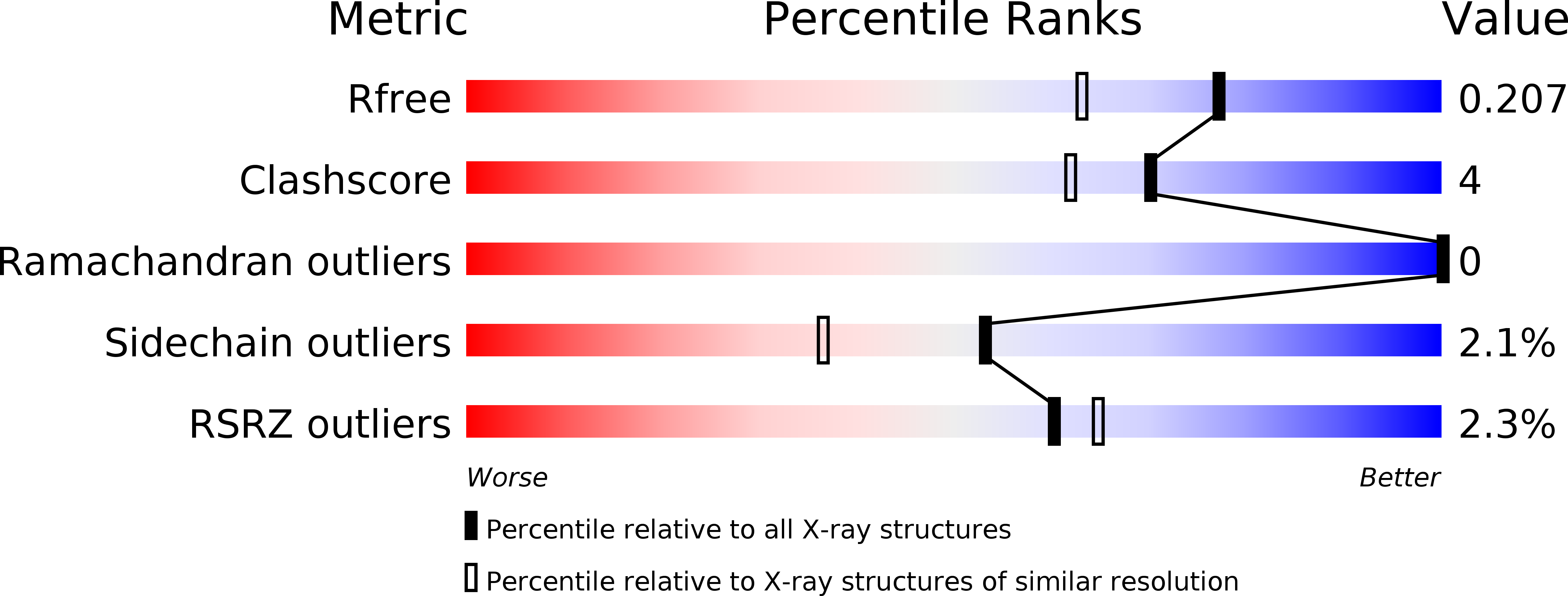
Deposition Date
2015-12-23
Release Date
2016-02-24
Last Version Date
2024-11-13
Entry Detail
PDB ID:
5H8S
Keywords:
Title:
Structure of the human GluA2 LBD in complex with GNE3419
Biological Source:
Source Organism:
Homo sapiens (Taxon ID: 9606)
Host Organism:
Method Details:
Experimental Method:
Resolution:
1.70 Å
R-Value Free:
0.20
R-Value Work:
0.17
R-Value Observed:
0.17
Space Group:
P 2 21 21


